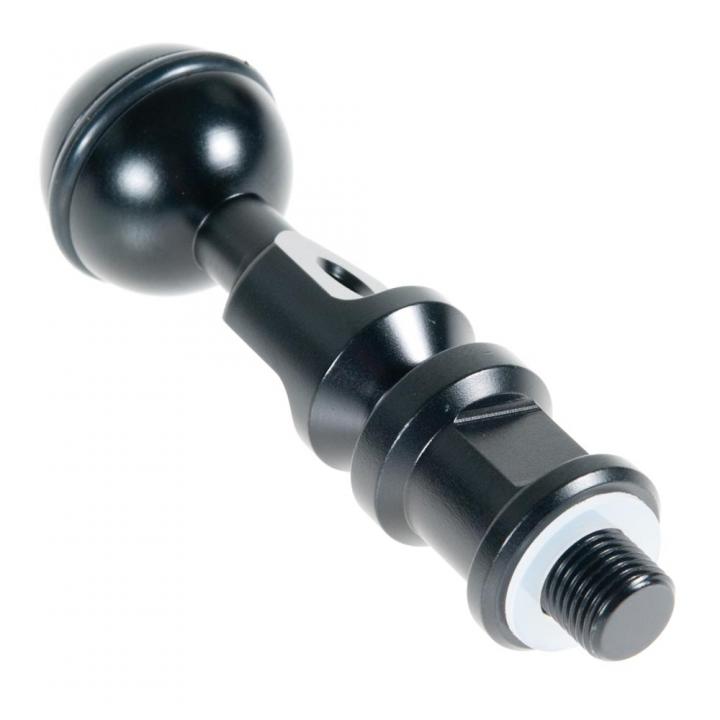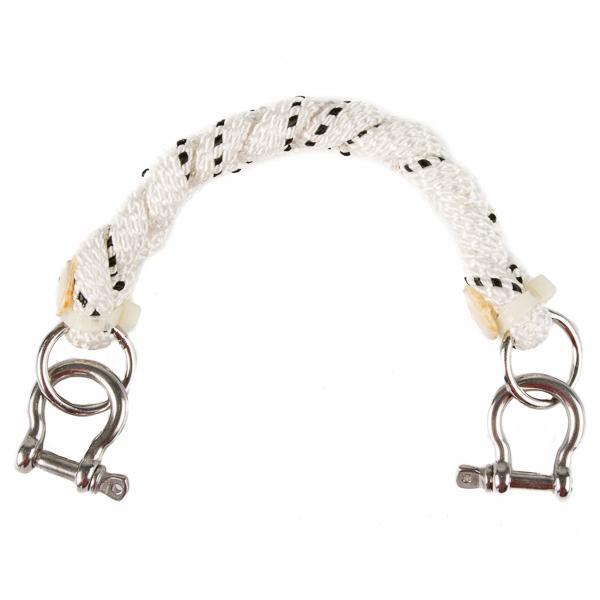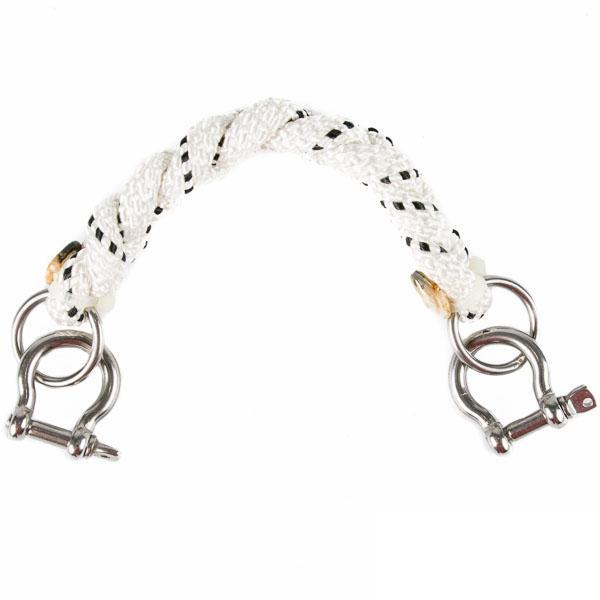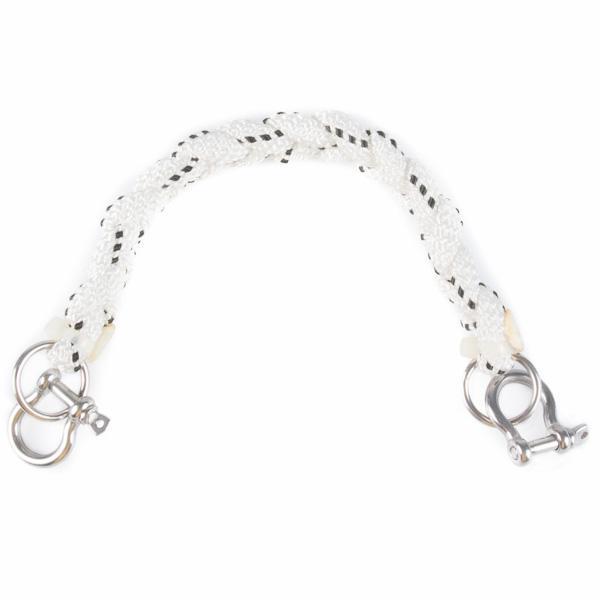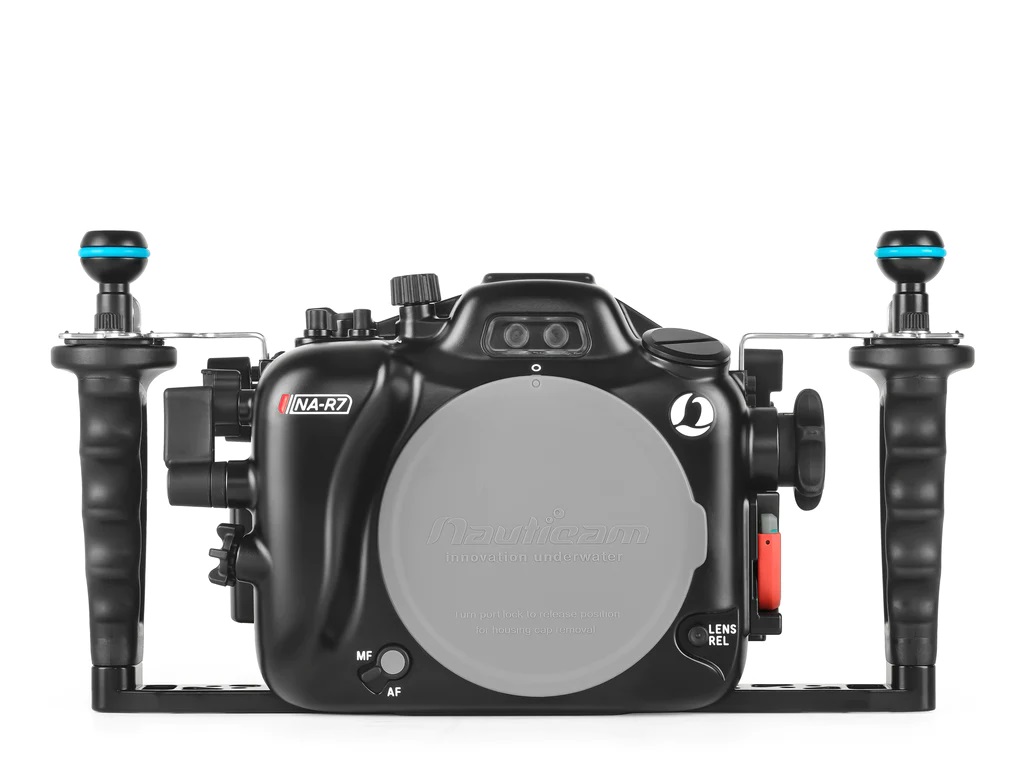Provides an additional ball mount for enclosures with existing M10 threaded mount. Features a pre-drilled hole for use with lanyards with shackles.
Installation Guide: Nauticam M5 & M10 Strobe Mounting Balls from Nauticam on Vimeo.
| Arm Attachment: | 1-inch ballhead |
|---|---|
| Body Material: | aluminum |
- M10 thread
- pre-drilled hole for shackle
M10 Strobe Mounting Ball for Using with Lanyard by Nauticam
Login


